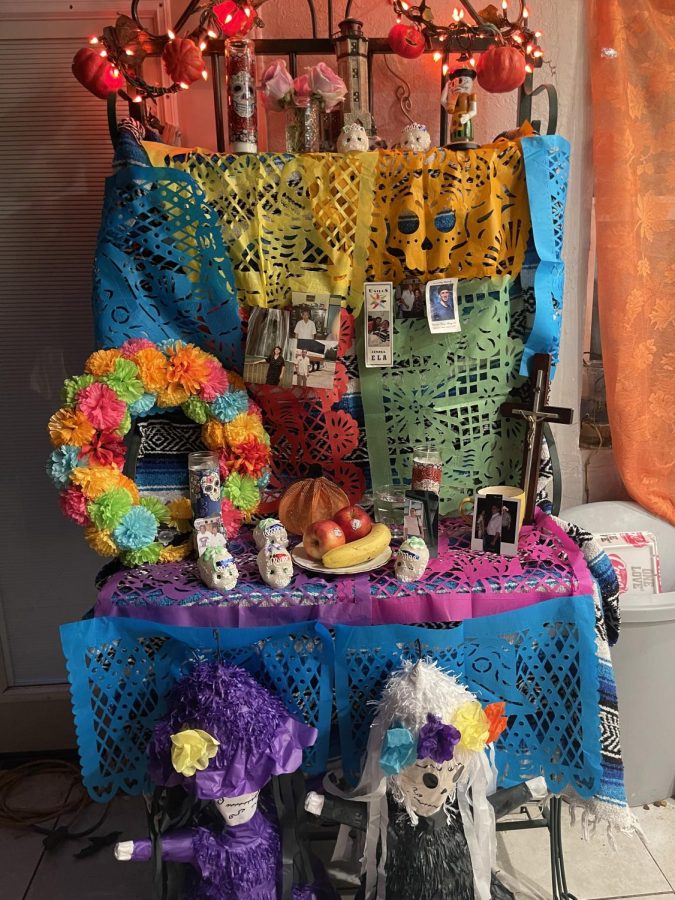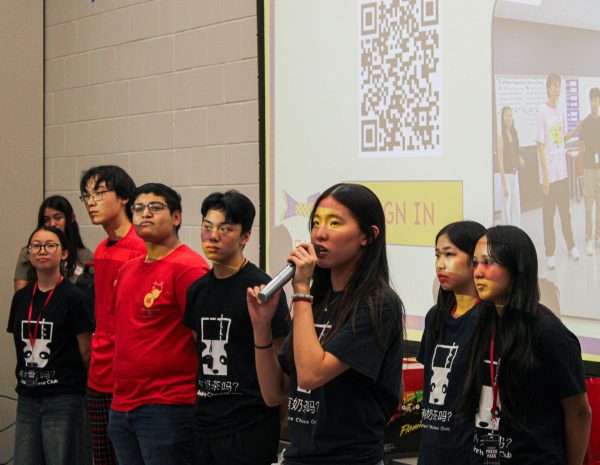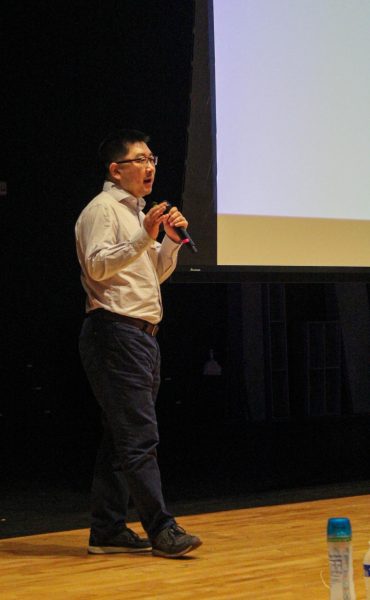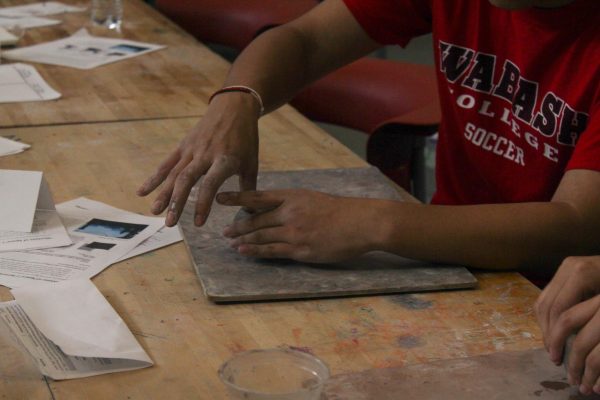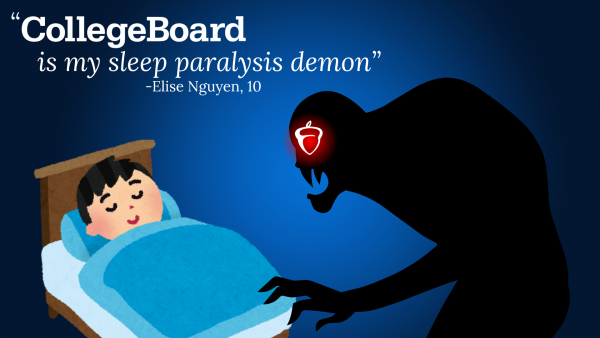Life meets death: celebrating Dia de los Muertos
Junior Ella Castillo celebrates Dia de los Muertos yearly by making an ofrenda. Her ofrenda welcomes home the spirits of her lost loved ones.
Brightly decorated sugar skulls, candles and papel picado make up her Dia de los Muertos altar. The altar is complete with pictures of loved ones, crucifixes and flowers.
Dia de los Muertos, originating in Mexico, is a celebration uniting the living and the deceased. The holiday, Nov. 1 and Nov. 2, gives families the opportunity to honor their loved ones by making an altar, or ofrenda.
Junior Ella Castillo celebrates Día de los Muertos yearly.
“This holiday is really important to me because I’ve always grown up celebrating it,” Castillo said. “My family and I always take the day to remember the family that we’ve lost and it’s something special.”
An ofrenda is essentially a decorated set-up, usually a table, identifying and honoring a deceased loved one by including pictures of them, items that they liked or enjoyed doing and food. The ofrenda is a way to welcome home the spirits of those who have passed.
“My ofrenda was made for my grandma,” Senior Rebecca Morales said. “I included perfume that she liked, a rosary and other items that reminded me of her.”
Although every ofrenda is different, there are traditional items placed on the ofrenda that symbolize different ideas. For example, candles on the ofrenda guide the path for the spirits to visit home. The bright, orange color of marigolds attract the souls to the ofrenda. Water quenches the thirst of the spirits that have journeyed to the altar.
“I made sure to decorate the altar with papel picado, candles, fruit and water since it’s tradition,” Castillo said. “I know there’s a lot of meaning behind those items and that’s what Dia de los Muertos is all about.”
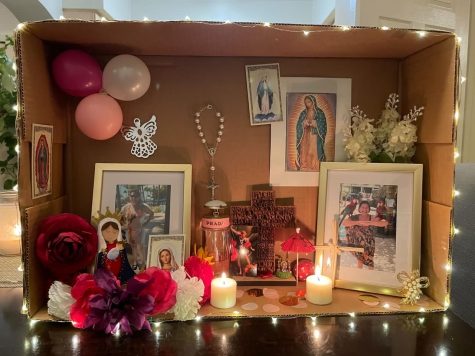
Dia de los Muertos is a unique holiday, as people are expected to celebrate death, rather than mourn it.
“Day of the Dead is one of my favorite holidays because of the rich culture and thought behind it,” Morales said. “It’s a different idea, that we get to reunite with the dead and celebrate the good memories and joys of life rather than be sad about it.”
Another important element or symbol of Dia de los Muertos is the sugar skull, or calavera. The skull is brightly colored and can include flowers or other smaller elements.
“During this time of year, my family decorates the house with sugar skulls,” Morales said. “The skulls are a big symbol of the Day of the Dead and I think it’s a way of welcoming the dead back.”
Making ofrendas is not the only way to celebrate.
“Another fun part of celebrating Dia de los Muertos is doing my makeup or face paint like a catrina (skeleton),” Castillo said. “It’s a creative way to celebrate and it really puts you in the spirit.”
Pan de muertos is another symbolization of Dia de los Muertos. The sweet bread acts as an offering to the spirits and is enjoyed by the family of the loved one.
“Eating pan de muertos is tradition for the holiday,” junior Anthony Rivera said. “Along with my mom’s ofrenda, that’s how I celebrated this year. LULAC and Spanish Club hosted an event for Dia de los Muertos and I went to celebrate by enjoying pan de muertos and tamales.”
Although everyone celebrates the day in a different way, the main celebration behind Dia de los Muertos is spending the holiday honoring the deceased and the joys of life.
“Dia de los Muertos is a culturally important holiday,” Rivera said. “I like to see that it’s represented in the U.S. and specifically here at school.”
Your donation will support the student journalists of Bellaire High School. Your contribution will allow us to purchase equipment and cover our annual website hosting costs.


